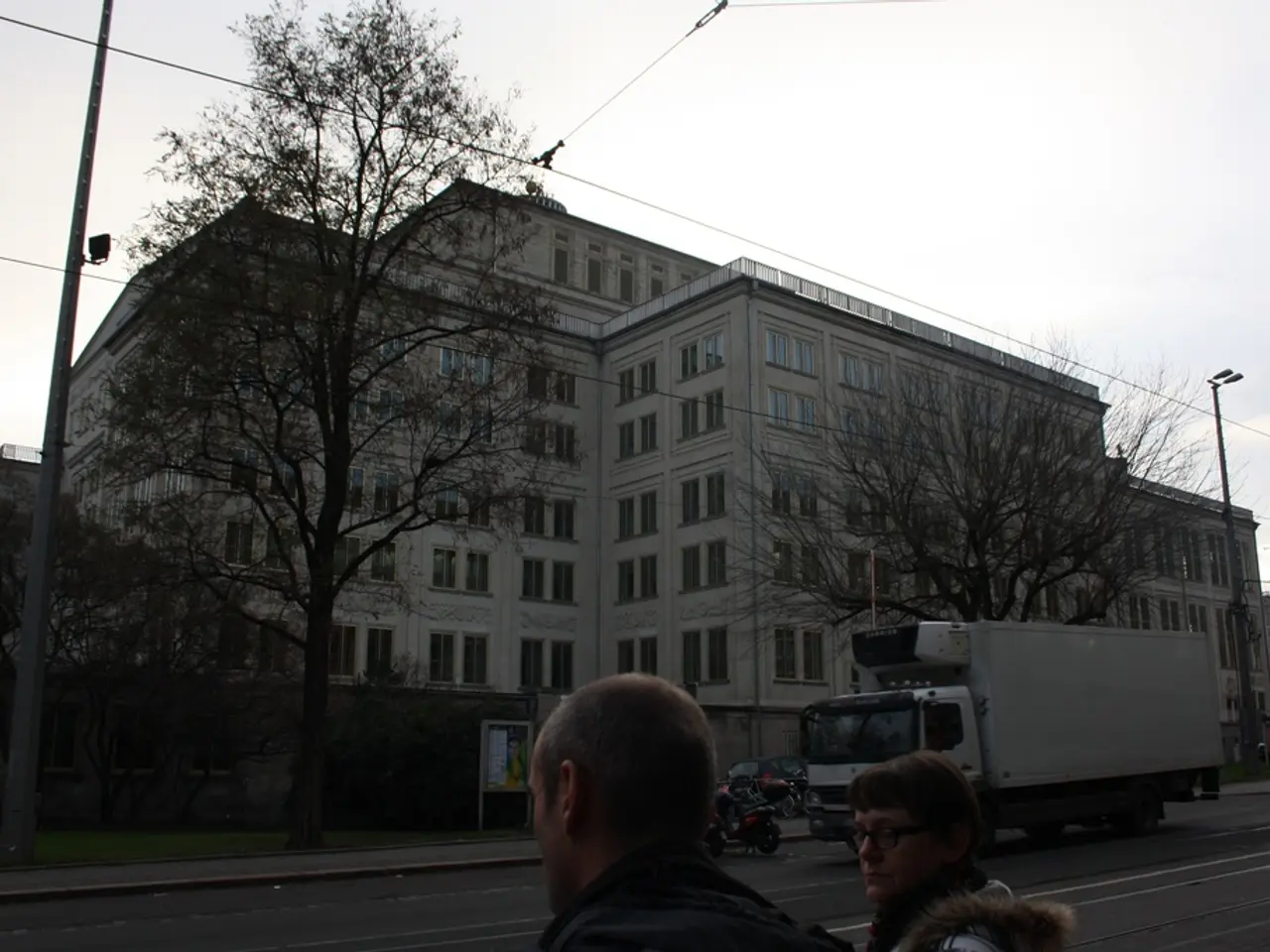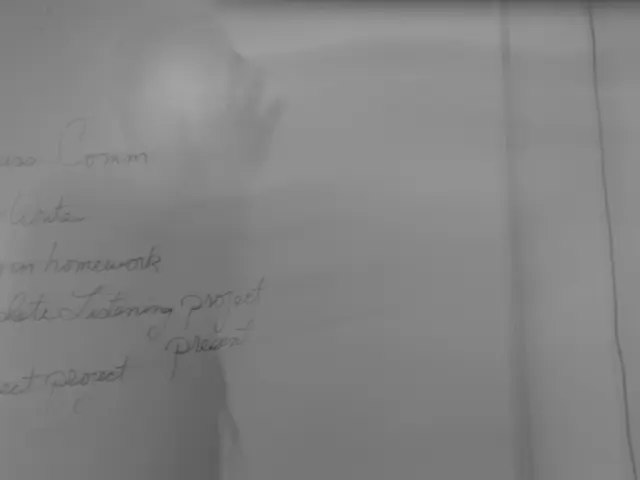Germany's Digitalization Could Slash 151 Megatons of CO2 by 2030
Germany faces a daunting task to meet its climate objectives: cut emissions by 262 megatons of CO2 within a decade. A new study by the Öko-Institut reveals that digitalization could play a significant role, potentially slashing emissions by 151 megatons.
The study highlights six sectors where digital technologies can make a substantial impact: energy, transport, industry, agriculture, buildings, and consumer behavior. Smart grids, for instance, can optimize energy production and consumption, saving 129 megatons of CO2. In agriculture, digital technologies can reduce emissions by 7 megatons. If Germany accelerates its digitalization, it could save up to 151 megatons by 2030, more than half of the required reduction. However, a moderate pace could still result in significant savings of 102 megatons. The potential is clear, but so are the challenges, as an accelerated process could initially cause 22 megatons of emissions.
The Öko-Institut's study underscores the crucial role of digitalization in Germany's fight against climate change. By harnessing its potential in key sectors, the country can significantly reduce its CO2 emissions, bringing it closer to its 2030 climate objectives. However, a balanced approach is necessary to mitigate any initial increase in emissions from the digitalization process itself.
Read also:
- Inherent Skills Know No Bounds, Yet Access to Employment Remains Unequal: Suggestions for a More Equitable Job Market of the Future
- Exploring Physical Recovery after the Overturning of Roe v. Wade Decision
- Top CDC Official Debra Houry Issues Warnings Regarding RFK Jr.'s Proposed Alterations
- "Understanding Fodder: Explore 6 Variations to Test"








